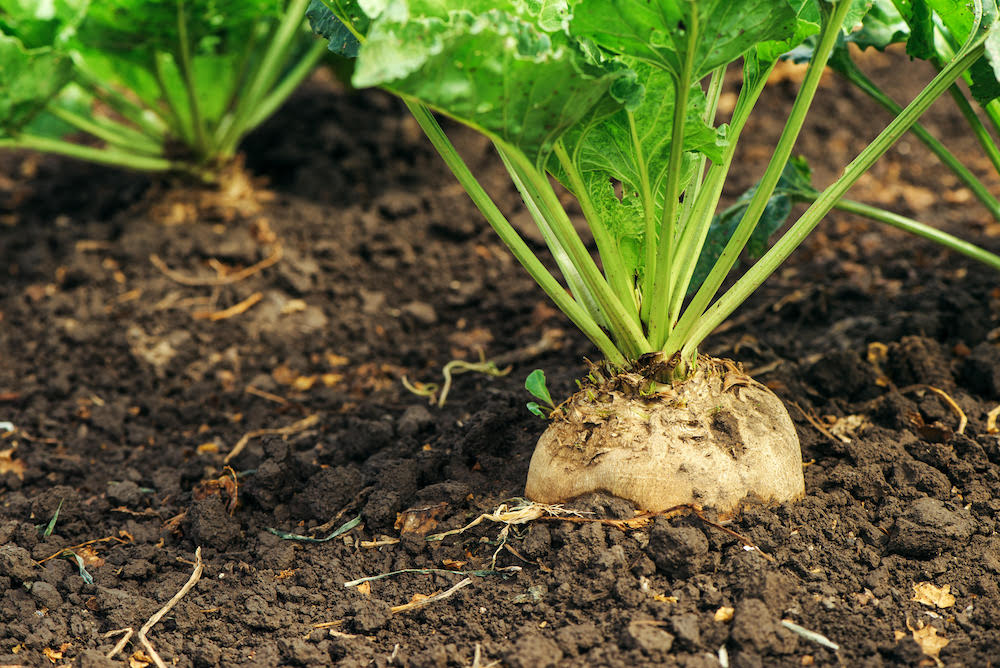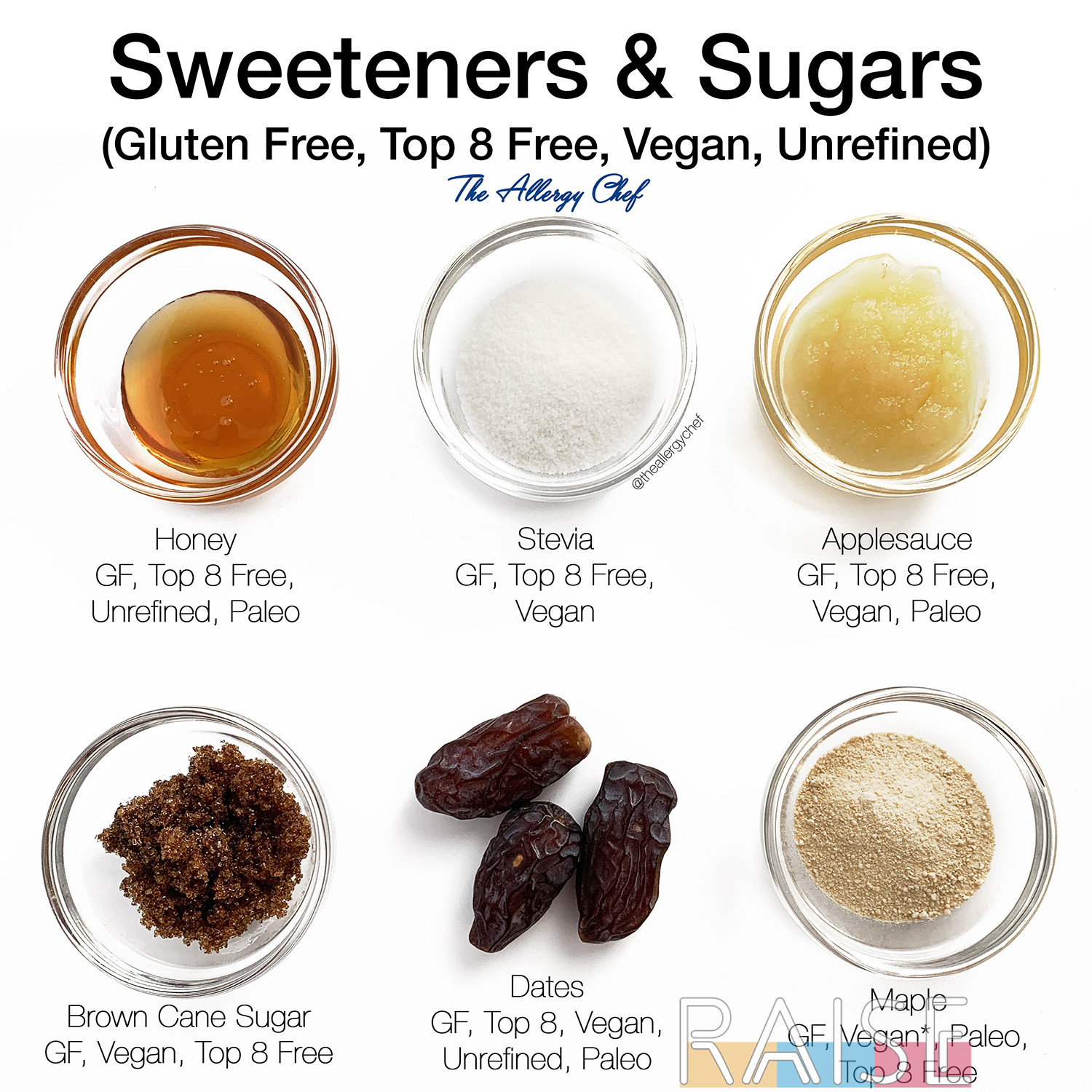The Excellent Debate: Beetroot Sugar Vs Walking Stick and Their Influence on Wellness
The continuous argument bordering beet sugar and cane sugar raises essential concerns regarding their corresponding health influences and wider implications for customer options. While both sweeteners share a comparable chemical structure, their origins and handling approaches may influence not only nourishment yet also ecological sustainability. As health-conscious people weigh the benefits of each choice, the implications of pesticide direct exposure and agricultural techniques come right into focus. This conversation invites us to take into consideration not simply the sweet taste we choose, however the far-reaching impacts of those options on our health and wellness and the earth. What might this imply for future intake patterns?
Review of Sugar Sources
Sugar, a widely taken in sugar, largely stems from 2 major resources: sugar beets and sugar walking stick. These plants are grown in numerous regions all over the world, each contributing to the worldwide sugar supply in distinct methods. Sugar walking cane thrives in subtropical and tropical environments, with major producers including Brazil, India, and China. The plant is harvested for its stalks, which are then processed to remove juice and take shape sugar.
Alternatively, sugar beetroots are mainly expanded in pleasant areas, with substantial manufacturing in countries such as the USA, France, and Germany. The beetroots are gathered from the ground, sliced, and subjected to a process that converts the drawn out juice into granulated sugar. While both sugar sources ultimately generate sucrose, their agricultural techniques, refining techniques, and geographic distributions vary significantly.
These differences can influence not just the ecological impact of sugar manufacturing however also the financial facets of sugar prices and profession. Comprehending the origins of these sugar is vital for consumers and policymakers alike, as it lays the foundation for educated discussions about their health and wellness effects and sustainability.
Nutritional Comparison
When examining the dietary accounts of beetroot sugar and walking stick sugar, both resources share a similar make-up as they mainly include sucrose. Sucrose is a disaccharide, composed of sugar and fructose, and is responsible for the sweet taste connected with both sugars. The refining processes for both beet and walking stick sugar yield products that are mostly pure sucrose, with marginal traces of vitamins, minerals, or various other nutrients.
In terms of calorie web content, both beet and walking stick sugars give roughly 4 calories per gram. Neither type of sugar uses substantial nutritional advantages beyond energy stipulation, as they lack necessary vitamins or minerals. The presence of trace components, such as potassium, magnesium, and calcium, can differ a little in between the 2, primarily due to the farming techniques and dirt problems in which they are expanded.
In addition, the glycemic index worths of beetroot sugar and walking cane sugar are equivalent, showing comparable impacts on blood sugar degrees. Overall, from a nutritional perspective, beetroot and walking stick sugars are functionally comparable, contributing mainly to caloric consumption without supplying substantial wellness benefits over one an additional.
Health And Wellness Implications
The health effects of consuming beetroot sugar and walking cane sugar warrant cautious factor to consider, especially offered the climbing occurrence of sugar-related health and wellness problems. Both kinds of sugar contribute similar caloric worths and can bring about raised dangers of excessive weight, kind 2 diabetic issues, and cardiovascular diseases when consumed in excess. The body sugars both metabolizes right into glucose, which can cause spikes in blood sugar level degrees, leading to insulin resistance with time.
While there is recurring argument concerning the glycemic index of these sugars, studies recommend that both can adversely affect metabolic health if eaten in big amounts. beet sugar vs cane. Additionally, the possible existence of contaminants in beetroot sugar, such as pesticides from standard farming practices, increases further wellness worries. Conversely, walking stick sugar, particularly when minimally refined, may learn this here now offer a somewhat more favorable account because of its all-natural state
Moreover, the consumption of sugarcoated, no matter the source, is connected to adverse health and wellness outcomes, including dental concerns and fatty liver disease. Small amounts is critical, and people should be mindful of their overall sugar consumption from all resources, eventually focusing on whole foods over added sugars for ideal wellness end results.
Environmental Effect
Recognizing the health implications of beet and walking cane sugar also results in an assessment of their ecological impact, which can considerably affect agricultural sustainability and eco-friendly balance. Both sugar resources have unique environmental footprints, shaped by their cultivation methods and geographical demands.

In comparison, beetroot sugar is generally expanded in temperate environments and frequently includes diverse crop turnings. This method can boost soil health and decrease reliance on chemical inputs. Nonetheless, extensive beetroot farming can also cause vitamins and mineral exhaustion and parasite pressures otherwise taken care of sustainably.
Both sugar types existing obstacles and opportunities for environmental stewardship. Promoting lasting farming practices and responsible sourcing can reduce their influences, ensuring that sugar production lines up with eco-friendly conservation and lasting food security.
Consumer Preferences
Amidst expanding recognition of health and environmental concerns, consumer preferences for sugar types are increasingly influenced by understandings of wellness benefits, sustainability, and honest sourcing. Beet sugar and walking cane sugar each existing one-of-a-kind attributes that appeal to various customer demographics.
Health-conscious customers usually look at the dietary accounts of these sugars, looking for options viewed as less processed or more all-natural. Walking cane sugar, usually considered the standard sweetener, is occasionally preferred for its viewed purity and simpleness. On the other hand, beetroot sugar, which is frequently originated from genetically modified plants, faces suspicion amongst those concerned concerning GMOs.
Sustainability is one more substantial element affecting consumer look at this site selections. As understanding of agricultural techniques grows, several consumers select products that straighten with eco-friendly farming methods. Walking cane sugar production, especially when sourced from sustainable ranches, can appeal to eco-conscious purchasers.
Moral sourcing plays a crucial duty as well, with customers increasingly favoring items that sustain fair labor methods. Qualifications such as Fair Trade can improve the good looks of walking stick sugar on the market. Inevitably, consumer preferences are shaped by a complicated interaction of health, environmental, and ethical factors to consider, driving need for both beet and walking stick sugars in varied markets.
Verdict
Finally, the discussion in between beetroot sugar and walking cane sugar encompasses various aspects, consisting of dietary accounts, wellness implications, and environmental consequences. beet sugar vs cane. additional hints While both sugars primarily include sucrose and display similar caloric content, worries concerning chemical usage in beetroot sugar and the environmental effect of walking stick sugar monoculture warrant cautious consideration. As consumers significantly focus on sustainability and wellness, educated selections regarding sugar intake end up being essential in promoting total health and ecological stewardship

Comments on “The Nutritional Breakdown of Beet Sugar vs Cane: What You Need to Know”